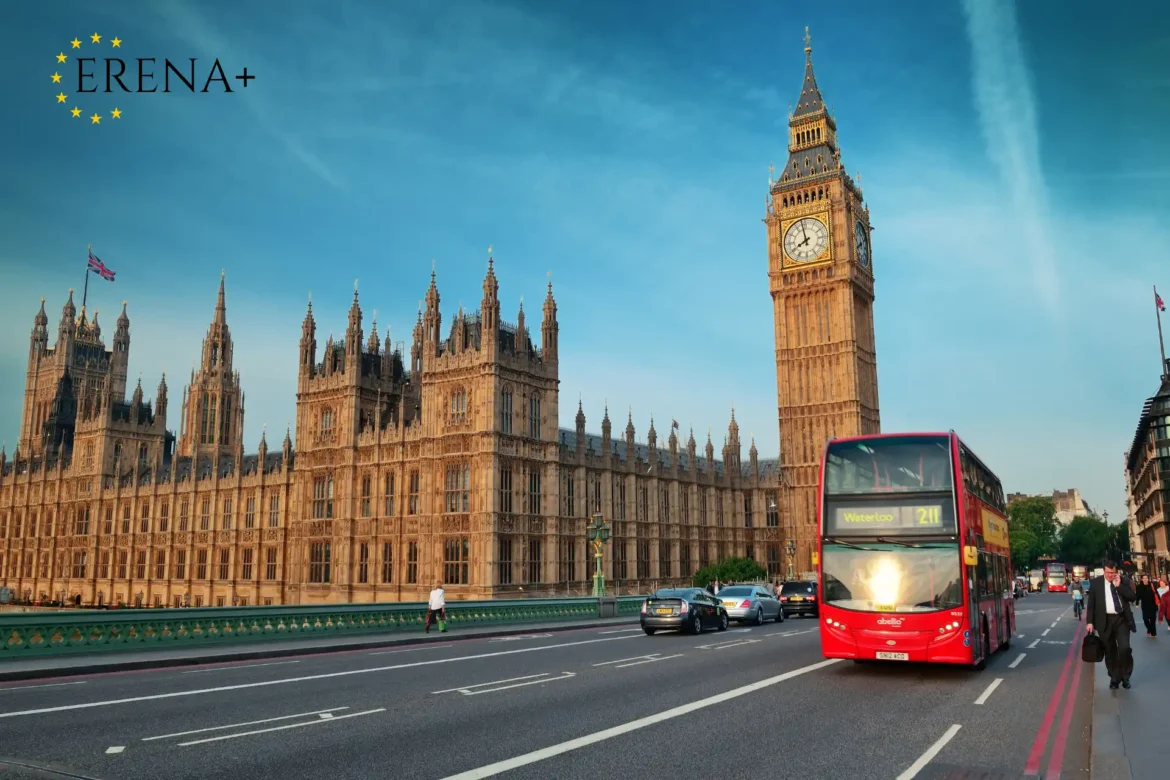Four years after Brexit, London’s real estate market has shown resilience, adapting to political, economic, and global shifts. While uncertainty followed the UK’s exit from the European Union, the city’s property market has largely recovered. In this post, we’ll explore the key trends and factors shaping London’s real estate market in 2024.
1. Brexit’s Impact on London’s Property Market
Brexit initially caused uncertainty in London’s real estate market. Both domestic and international buyers were cautious as they awaited clarity on the UK’s post-EU future. However, by 2024, much of the initial panic has subsided. London’s status as a global financial, cultural, and real estate hub has helped the market bounce back.
Key Takeaways:
- Foreign Demand: London remains attractive to international buyers, particularly from the US, Asia, and the Middle East.
- Weak Pound: The depreciation of the pound has made properties in London more affordable for foreign investors.
2. Residential Market Trends Post-Brexit
Prime Central London (PCL)
Prime areas like Mayfair, Knightsbridge, and Chelsea saw a temporary dip in demand post-Brexit, worsened by the pandemic. However, by 2024, these areas are seeing a strong recovery, driven by international investors and high-net-worth individuals.
Factors Driving Recovery:
- Limited Supply: Prime real estate in central London is in short supply, keeping property values strong.
- Continued Global Interest: London remains a top destination for luxury real estate investment.
Outer London & Commuter Belt
The outer London suburbs and commuter towns have benefited from shifts in work habits, with many opting for more space and better quality of life. This trend, accelerated by the pandemic, continues as more people embrace remote or hybrid work.
Popular Areas for Buyers:
- South West London (e.g., Wimbledon, Richmond)
- North West London (e.g., Hampstead, Highgate)
- Commuter towns like Surrey, Kent, and Essex
3. Commercial Real Estate in London
Office Space
The rise of remote and hybrid work has reduced the demand for traditional office space in central London. However, companies still seek modern, flexible workspaces that foster collaboration.
- Flight to Quality: Prime office buildings in well-connected locations continue to attract tenants.
Retail and Hospitality
The retail market faces ongoing challenges, with many consumers shopping online. However, flagship retail locations such as Oxford Street and Regent Street continue to see demand from global brands. The hospitality sector, particularly hotels and short-term rentals, has started to recover as tourism returns to the capital.
4. Economic Factors Affecting the Property Market
Interest Rates & Inflation
In response to inflation, the Bank of England has raised interest rates, which has made borrowing more expensive. This has had a cooling effect on the property market, especially for first-time buyers and those with high mortgages.
Bank of England Policy
The Bank of England’s monetary policy plays a significant role in shaping the property market, especially in terms of affordability and housing demand.
5. Post-Brexit Regulatory and Policy Changes
Since Brexit, the UK has introduced several regulatory changes affecting the property market, including stamp duty adjustments and changes to immigration rules.
- Stamp Duty: The government has introduced temporary cuts in stamp duty to stimulate the housing market, particularly benefiting first-time buyers and high-end buyers.
- Labor Market Challenges: Post-Brexit immigration rules have impacted labor availability in construction, driving up building costs and causing delays.
Conclusion: London Real Estate in 2024
London’s real estate market has shown remarkable resilience in the four years since Brexit. While challenges remain, particularly in affordability and rising interest rates, London continues to attract both domestic and international buyers. Prime areas in central London remain strong, while outer London and the commuter belt are seeing growing demand due to changing work patterns. The city’s continued status as a global financial, cultural, and property hub ensures that it remains a key destination for real estate investment.

